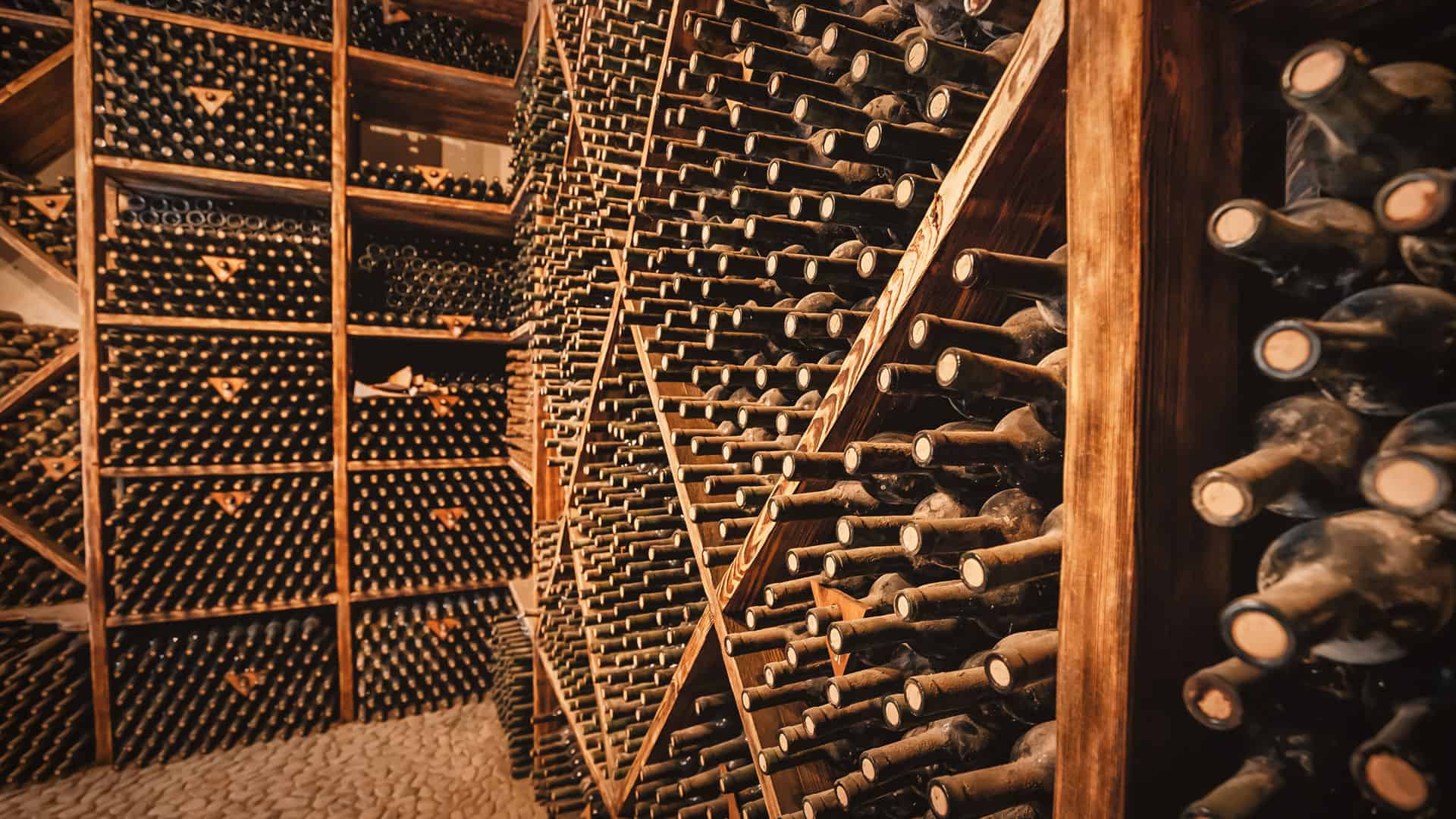Ageing to perfection with dignity. But are all wines really suitable for ageing?
The answer is clearly no. Wine experts assume that 95% to 99% of all wines that come onto the market are already ready to drink and are therefore not intended to be stored. The reason for this is our consumer society and the fact that the majority of us today buy to consume directly, but not to store (with the exception of wine lovers, of course). In addition, very few end consumers have the necessary capacity to store wine on a large scale.
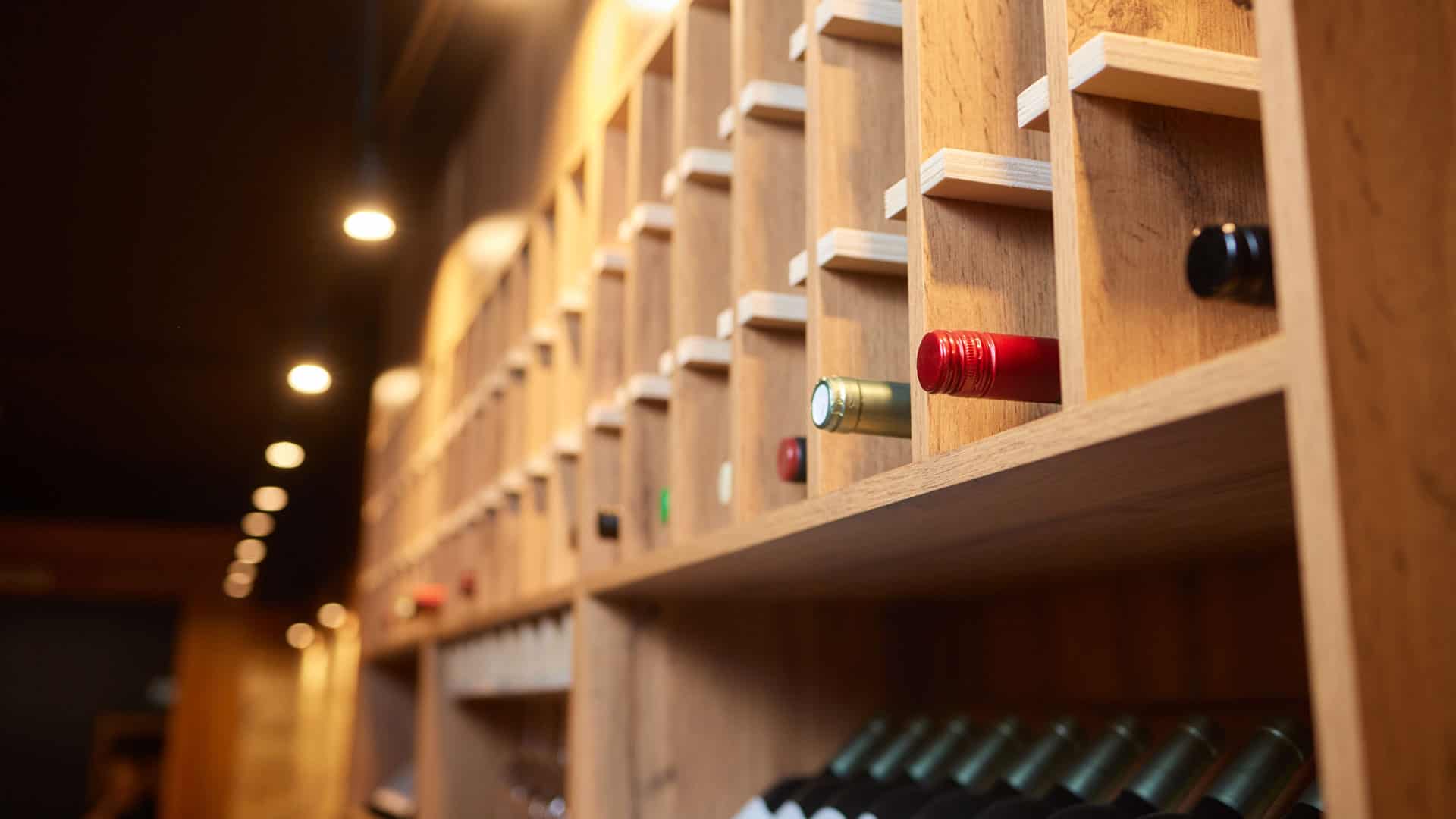
Accordingly, today’s wines are ready to drink just a few weeks after bottling. Most of them should be enjoyed within one to two years anyway, as they then begin to lose their freshness and fruity aromas.
The following table provides an overview of the shelf life of wines:
| Type of wine | ageing | Shelf life |
| Red wine |
|
|
| White wine |
|
|
| Rosé wine |
|
|
| Sweet wine |
|
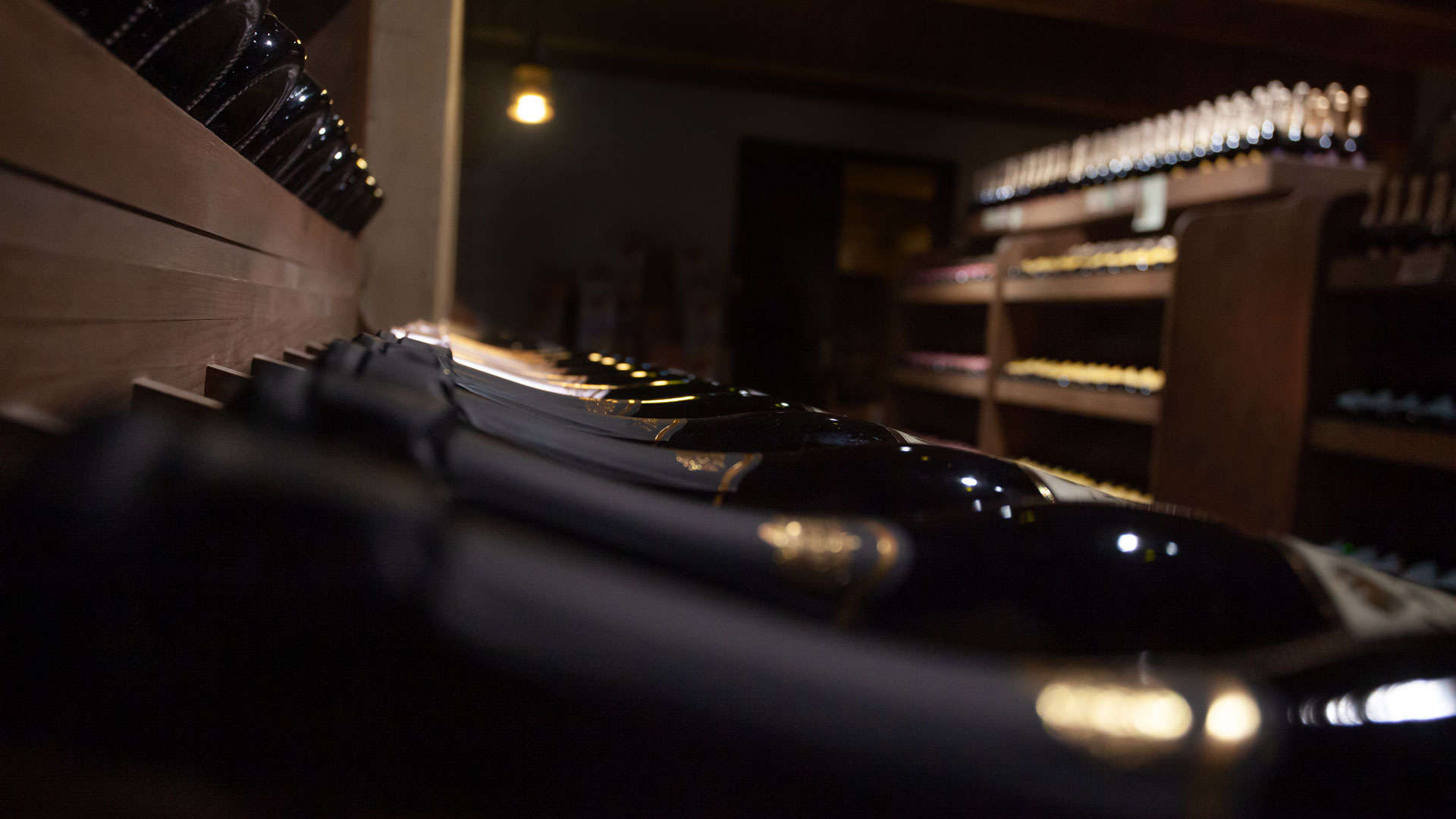
This information on wine storage is intended as a guide and may vary depending on the wine. In principle, however, it is safe to say that wine storage does not lead to a (decisive) improvement in quality.
Being able and willing to age is one pair of shoes. The other pair of shoes is to know when the respective wine has reached the ideal drinking maturity. For this, we are happy to recommend the table of the leading Swiss wine magazine Vinum, which not only contains recommendations for Swiss wines, but also for wines from all over the world. And, of course, this table also provides information about which wines can be stored well or better if you are thinking about storing wine.
The factors that make a wine suitable for storage are explained below. Basically, there are many different factors that influence which wines are suitable for storage.
Firstly, the grape varieties themselves (due to the complexity and concentration of the intrinsic, primary fruit aromas, among other things). For both white and red wines, there are certain grape varieties that are better suited to wine storage. In our latitudes, white grape varieties include Chardonnay and Riesling, but excellent wines made from the Chasselas grape can also be suitable for long wine storage.
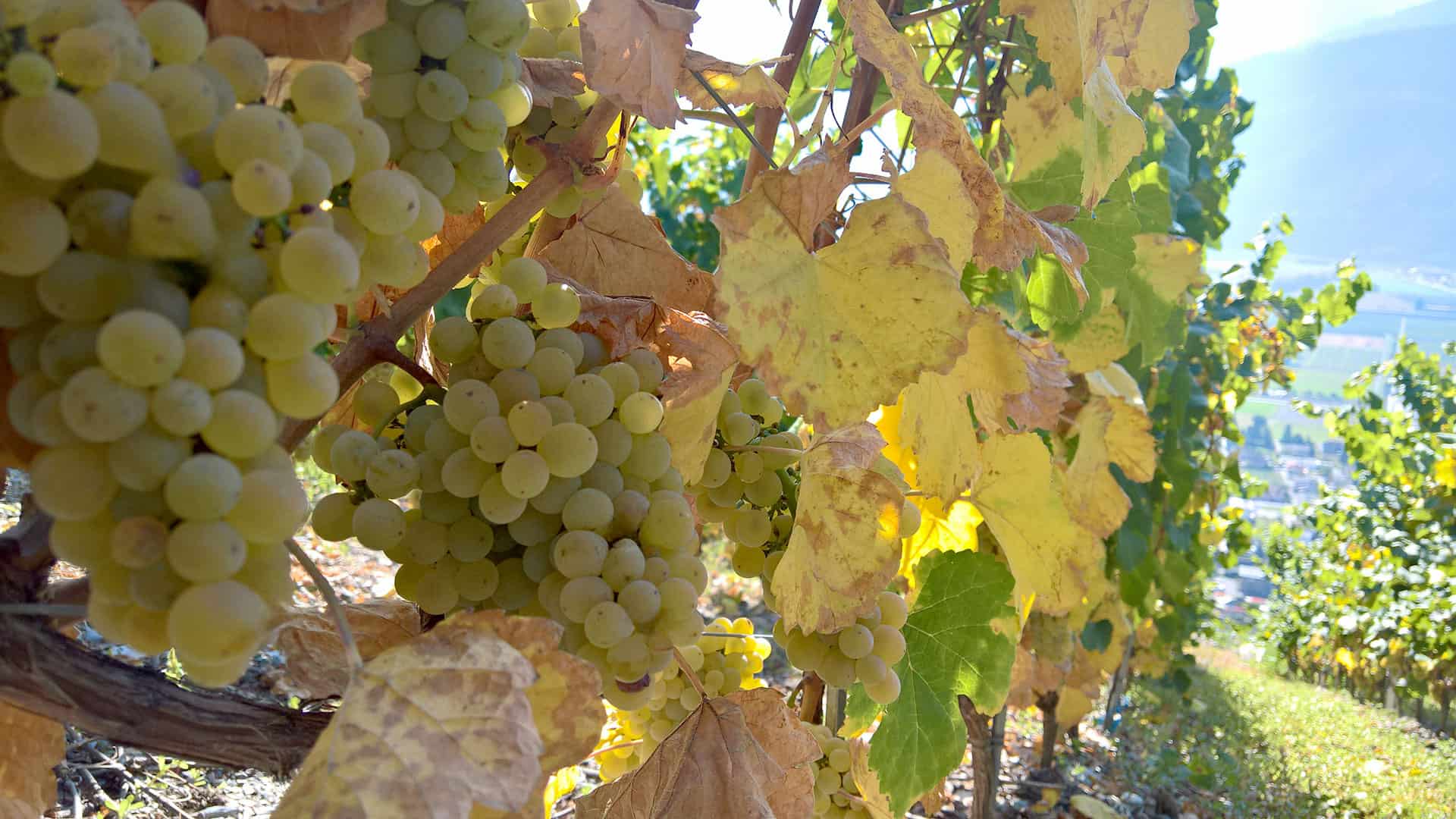
Among the red grape varieties, however, Pinot Noir, Cabernet Sauvignon, Syrah and Merlot are particularly suitable for wines that are to be stored for a longer period of time.
A second indicator is the ingredients found in the extract (must). The higher the extract value, the more suitable the wines are for storage, as the extracts ensure that oxygen can do less damage to the wine. And a higher sugar content also has a preservative effect. Grapes that are harvested late and in small quantities are of high quality and can have up to 30 grams of extract per liter.
However, experience has shown that wines from old vines also have more extract. This is because the roots of the old vines reach deeper into the soil and reach correspondingly high-quality minerals. In addition, old vines generally produce a lower yield and also bear smaller and more concentrated berries.
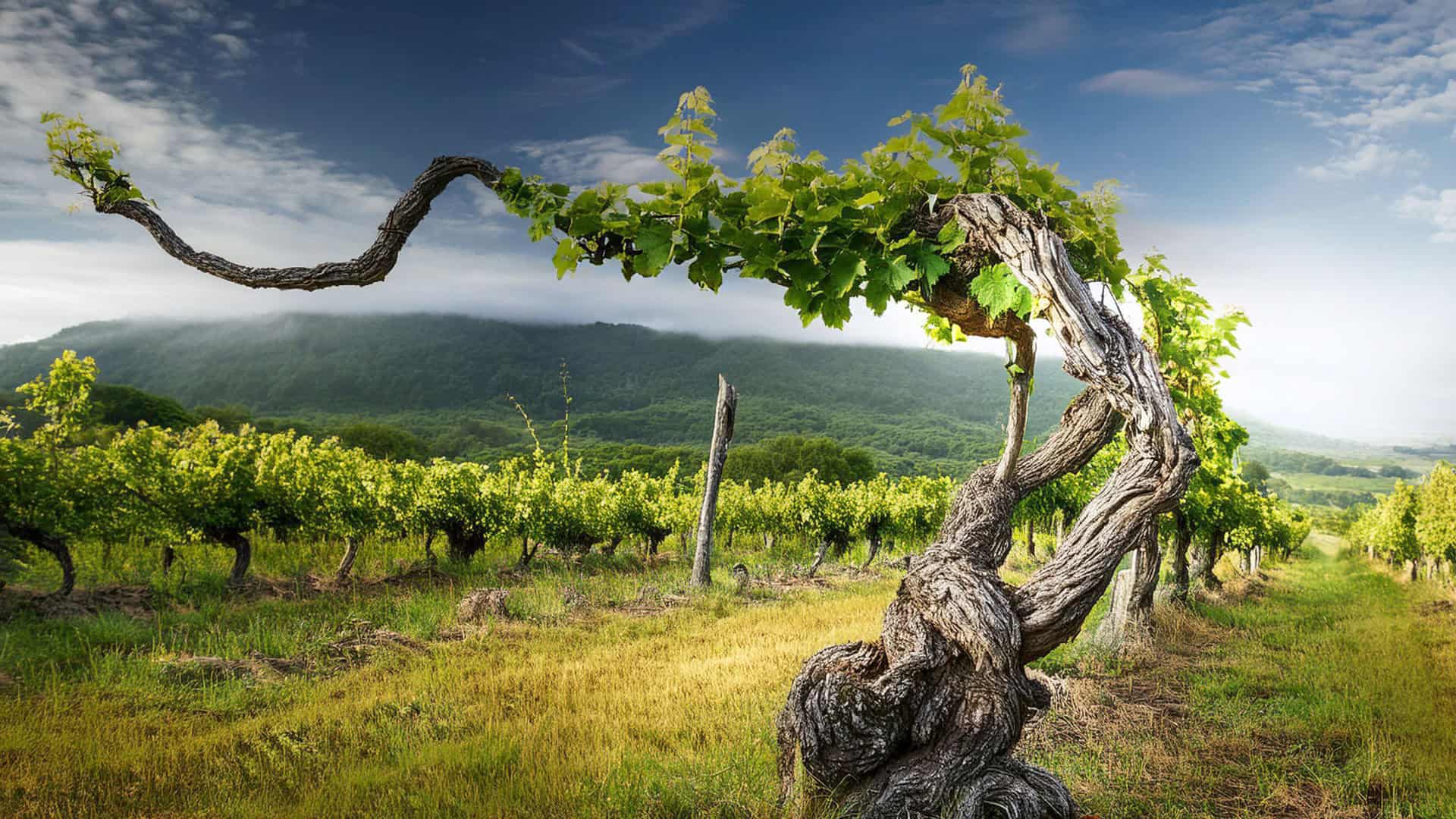
In addition to the sugar already mentioned, the acidity of white wines and the tannin content of red wines can also have a positive effect on wine storage as well as influencing the taste.
While sugar has a preservative effect, the acid in white wine prevents the growth of bacteria. Alcohol is also conducive to wine storage. It kills bacteria and should be at least 12.5% alcohol in the wine if you want to store a wine for longer (with the exception of dessert wines, where an alcohol content of around 10% is completely sufficient due to the high sugar content). Last but not least, there are the tannins, which are particularly beneficial for longer wine storage in red wines, as they prevent the wine from oxidizing. They are extracted from the stems, seeds and skins of the grapes during wine production and are further enhanced, for example, by ageing the wine in fresh barrique barrels through the tannin release of the wooden planks. The tannin content can also be influenced by the maceration time. The longer the maceration time, the higher the tannin content and the more suitable the wine is for ageing.
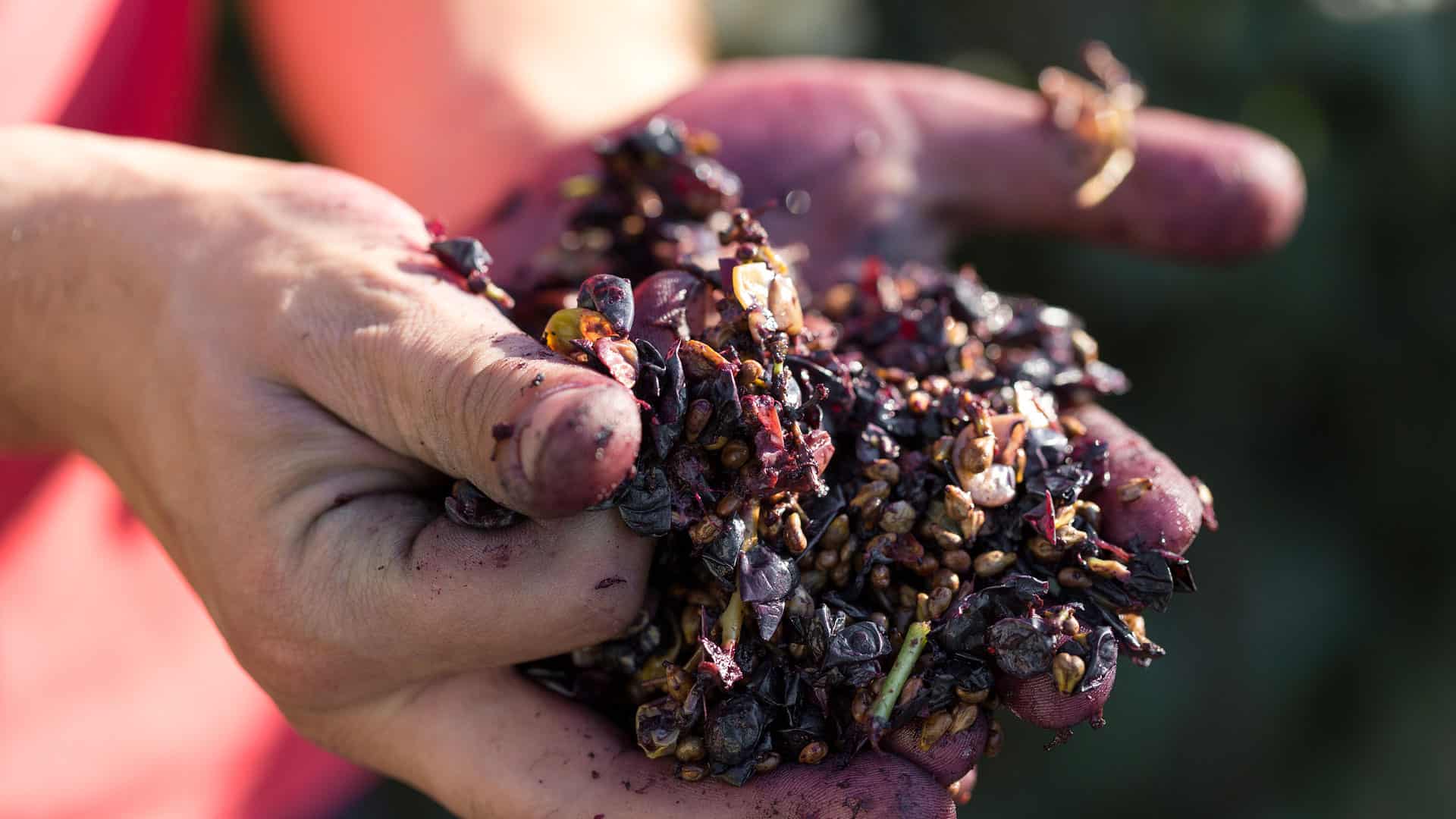
Last but not least, the size of the bottle is one of the factors that can favor wine storage. Magnum wine bottles are not only a classy eye-catcher and a great gift idea – of course they are also available in the Diego Mathier range – they also allow the wine to age much more slowly than standard 75cl bottles. And as the glass in these bottles is usually thicker, their contents are also better protected from the effects of light. And light, along with heat, is one of the two great enemies of wine when it comes to storage.
If you have a wine in front of you that combines several of these characteristics, you can confidently store it for a longer period of time.

